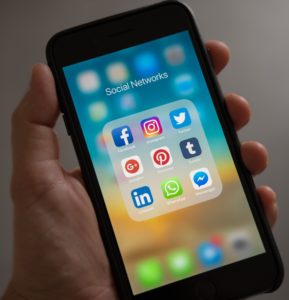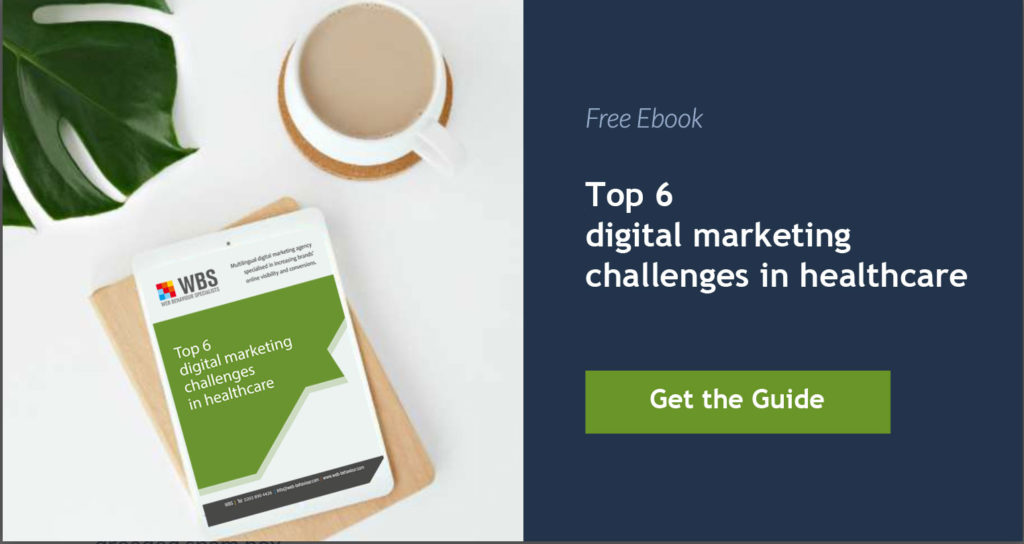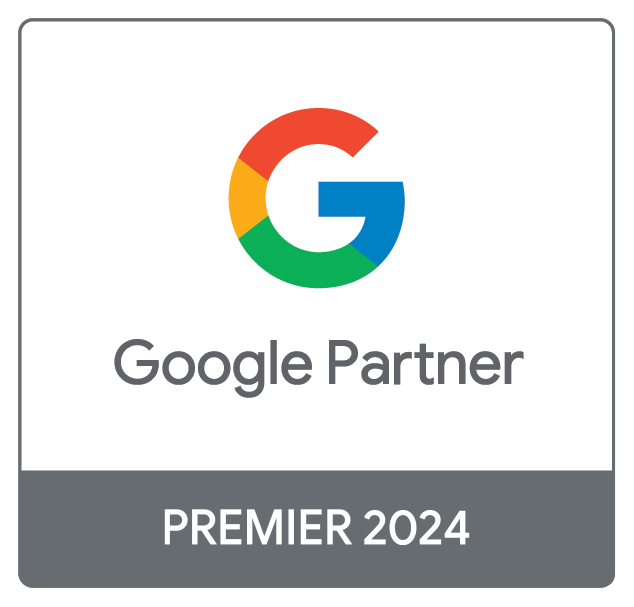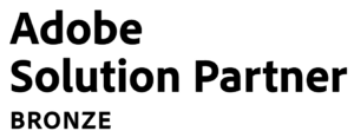While many industries have fully embraced digital marketing, the healthcare industry has been slow to adopt digital strategies.
Today’s healthcare consumer, both patients and healthcare professionals, is very different to the healthcare consumer of the past. Today’s patients are able to do extensive research online. It means they are far more particular about the services they receive. It’s also important to remember that carers have become an active party in the research phase. Engaging in the digital marketing area when looking for health related information.
In today’s digital world, prospective patients are now active partners in their medical journey.
 According to the latest research, in the past year 72% of global internet users have looked online for health information. Which has included treatments and procedures, symptoms, conditions or diseases, etc. 77% of patients use search engines to start their research as well as other channels such as Social Media. Over 40% of patients use social media with Facebook being the main platform (for general information, to compare offerings across different brands, to evaluate specific features of the products/treatment, etc.). 45% of them watched an online video on YouTube (patient testimonials, patient-generated content, information gathering about treatments or understanding complicated procedures, etc.
According to the latest research, in the past year 72% of global internet users have looked online for health information. Which has included treatments and procedures, symptoms, conditions or diseases, etc. 77% of patients use search engines to start their research as well as other channels such as Social Media. Over 40% of patients use social media with Facebook being the main platform (for general information, to compare offerings across different brands, to evaluate specific features of the products/treatment, etc.). 45% of them watched an online video on YouTube (patient testimonials, patient-generated content, information gathering about treatments or understanding complicated procedures, etc.
The majority of patients and carers are active online and looking for solutions to their health problems. It is crucial that every medical practitioner or health/pharmaceutical related company has a digital marketing strategy in place. This will enable them to promote their products, services, treatment options, etc. Also, differentiate themselves and their services from other providers.
Every industry has its challenges when implementing digital marketing strategies and it’s no different in healthcare. Let’s take a look at the top 6 digital marketing challenges in the healthcare/pharma industry.
Target audience
There are various target audiences for healthcare marketers. Healthcare professionals (a group that includes everyone from physicians to nurses, biotech companies and hospital groups) used to be the primary target as they recommend, prescribe, advocate and buy products and services. Furthermore, traditionally, pharma companies controlled all the information regarding their products as well as the release of this information. They used to release this information on a needs basis, e.g. required by regulators.
The digitisation and ease of access to information has weakened the control pharma companies have on information. There is a lot of information available online. People search online for solutions to all of their daily problems and health problems are no exception.
 Patients and caregivers are becoming more and more health conscious and their awareness levels are increasing. Patients are no longer dependent on advice from doctors. They don’t just blindly follow that advice. On the opposite, are becoming more and more aware. They are able to give their suggestions to doctors on products/ treatments as well as the providers they are using. Therefore, patients have become a very important target audience for the healthcare industry. Digital marketing is helping with this by pushing and advertising products and services across several platforms, such as apps, websites, blogs and social media.
Patients and caregivers are becoming more and more health conscious and their awareness levels are increasing. Patients are no longer dependent on advice from doctors. They don’t just blindly follow that advice. On the opposite, are becoming more and more aware. They are able to give their suggestions to doctors on products/ treatments as well as the providers they are using. Therefore, patients have become a very important target audience for the healthcare industry. Digital marketing is helping with this by pushing and advertising products and services across several platforms, such as apps, websites, blogs and social media.
Digital trends
Healthcare professionals will continue to represent the relationship between patients and the pharma industry. Digital trends are demonstrating that an increasing number of patients are more engaged with their medical treatment plans. Patients are empowered to play an active role in their own care. In a recent study the majority of patients agreed that they feel confident in their ability to take personal responsibility for their health. They understand how they can access digital and online resources to assist them to make the right decision.
Because of the amount of digital information accessible about healthcare and pharmaceuticals, people are more comfortable with taking their well-being into their own hands. This information allows patients to develop a better relationship with their health. Also, to evaluate the cost of the pharmaceutical products or healthcare services they may need. As a direct consequence of the access to information, end-users for pharma brands are increasingly perceived as ‘consumers’ rather than ‘patients’. This shift from patients to consumers is a great opportunity for the pharma industry to connect and engage with potential patients online. Especially, while they are researching relevant information like the benefits of certain products.
Marketing solely to healthcare professions will not be viable in the long run. They might not be an actual consumer in the future. Developing a strong and trustworthy brand image for all target audiences has never been more important. So, now’s the time to shift marketing efforts, messaging and budgets to target not only healthcare professionals, but also patients.
Digital investment
It’s no surprise that medical marketing spending is increasing year on year. It has now reached the level of around $30 billion. And while marketing to healthcare professionals continues to consume a big part of that spend, direct-to-consumer marketing is catching up. A few years ago, marketing to healthcare professionals accounted for over 85% of budgets, while now it’s dropped to 60%.
But marketing budgets continue to increase. We can see a clear shift into patient-marketing, not every pharma brand is taking full advantage of digital. According to the latest stats:
- 59% of marketers use a website
- 45% of marketers use social media
- 32% of marketers use digital ads
- 20% of marketers use mobile apps for their marketing efforts
These figures indicate that pharma marketers are underutilising several key digital channels. However, digital is gradually changing the dynamics of pharma marketing. It will force the industry to rethink its traditional way of marketing.
 Digital has several advantages for pharma marketers. Digital marketing activities costs less than traditional marketing approaches did in the past. It’s also more targeted and has a wider reach than a print advertisement in a journal, printed sales materials or paid speaking opportunities. However, even with all these advantages, many pharma marketers are still reluctant to make the shift into digital channels.
Digital has several advantages for pharma marketers. Digital marketing activities costs less than traditional marketing approaches did in the past. It’s also more targeted and has a wider reach than a print advertisement in a journal, printed sales materials or paid speaking opportunities. However, even with all these advantages, many pharma marketers are still reluctant to make the shift into digital channels.
At the same time, as pharma companies are reluctant to try digital marketing methods, they have no insights into how effective they are. And because they don’t have these insights, they are not willing to take a risk and try it for themselves. This means that, for the savvy pharma company, there’s a great opportunity to allocate a portion of their marketing budget to digital, see its effectiveness, and reach an online audience that their competitors simply cannot.
Multichannel approach
Pharma’s multichannel marketing strategies may have evolved significantly in recent years. But only around 20% of brands have fully integrated the multichannel approach. The majority consider multichannel to be a challenge.
Read why multichannel marketing is so effective for the healthcare industry
In every sector, relying on one single channel to get your audience’s attention simply isn’t enough anymore. You must connect with them wherever they are, whenever they’re searching for information. And it’s no different in healthcare. And this applies to strategies targeting patients as well as those targeting healthcare professionals, or both.
In today’s healthcare marketing landscape, customers and patients have lots of options for how they interact with an organisation. Both digital (website, social media, blogs, webinars) and traditional channels (events, seminars, direct mail, etc.).
 According to the latest stats, multichannel campaigns engage patients and HCPs up to four times more than single-channel campaigns do. Therefore, incorporating a multichannel marketing campaign can significantly enhance your chances of success.
According to the latest stats, multichannel campaigns engage patients and HCPs up to four times more than single-channel campaigns do. Therefore, incorporating a multichannel marketing campaign can significantly enhance your chances of success.
Today’s healthcare consumer, both patients and HCPs, is very different to the healthcare consumer of the past. Today’s customers are able to do extensive research online. It means they are far more particular about the services they receive. They are engaged across different channels and various devices –each serving a unique need and preference.
Interaction with patients
All of this opens up a whole new set of channels for pharma and healthcare companies to interact with patients and other users. Being active in multiple channels, pharma companies can engage with patients and healthcare professionals online through websites, apps, social media, mobile phone messages, etc.
The healthcare industry can use various digital marketing platforms for sharing educational content to help their potential and existing clientele. I.e. explaining symptoms, causes, diagnosis, cures, etc. for relevant diseases. The same educational content can then be repurposed on many formats and be distributed across blogs, social media, emails, etc.
Pharma companies at the beginning their multichannel marketing journey are typically eager to do it all at once. Both online and offline, with 63% of pharma marketers believing it produces the best results. However, only 20% of HCPs use a combination of online and offline channels to connect with pharma brands. 68% of them prefer online-only methods of communication. Pharma companies need to adjust their strategies and shift their focus online for maximum engagement and reach. Traditional marketing channels are no longer as effective in reaching HCPs as they used to be. Sales representatives are still an important asset for every pharma brand. But they have to be supported by multichannel online marketing. Instead of forcing HCPs to connect with you solely through sales reps, you will be providing them with alternative channels of communication.
Not only will it deliver a better ROI for pharma companies. It will also open a channel for HCPs to provide feedback. Combining traditional and digital methods of communicating with healthcare professionals provides you with a comprehensive solution.
By applying the multichannel approach, you’ll see greater engagement as well as higher conversion rates. Not only for healthcare professionals, but also for patients.
Content marketing uniqueness
While pharma shares common challenges with other industries, it also has unique features that make it difficult to do content marketing successfully. There are the usual challenges of producing the right kind of content and reaching the right kind of audiences. But there are additional challenges specific to pharma.
What are the most effective strategies for content marketing for healthcare brands?
The biggest challenge comes from regulations. Pharma is one of the most heavily regulated industries where each message has to be screened and validated before it goes out. This reflects on outbound marketing practices but is even more complex for inbound ones such as content.
Content created by pharma companies
It has to tick all the standard boxes like great structure, creative writing, effective calls to action, etc. Any piece of content has to deliver a good customer experience and be accessible through different devices. On top of that, pharma marketing content needs to be factual, precise and informative so that it builds trust with the audience, giving them confidence in your brand. They’ll then be more likely to share your content within their community and become a brand advocate for you.
Also unique to regulated markets is the fact that each piece of content, be that product pages, blog posts, explainer videos or paid ads, has to go through a validation process in order to ensure that the message is fully in line with current regulations.
It’s also crucial to be cautious when discussing health conditions as part of a pharma brand’s content marketing strategy. Some conditions come with a stigma and it is not easy for your target audience to discuss them. This means that marketers need to adopt a specific tone of voice and practice sensitivity when discussing these conditions.
Even though pharma has its unique challenges when it comes to content, there are still plenty of opportunities to provide valuable content to your patients and HCPs.
There are many different formats that pharma companies can work with which are great assets to the website: articles, blog posts, whitepapers, case studies, etc. All of them will help to bring relevant traffic to the site and make sure that your target audience, both patients and healthcare professionals, can easily find the information they are looking for and be informed.
One type of content that is worth mentioning separately is video content.
Video content
People prefer to watch visual content rather than reading text and it’s not different for healthcare. That’s why every modern pharma marketing campaign is based on visual info, and video is one of the best ways to visualize the message.
Physicians, patients, search engines, social media and every other pillar of digital marketing loves video content. For example:
- Physicians spend at least 3 hours a week consuming video content
- Video is also one of the top 5 types of content that healthcare professionals search for on their mobile devices
- 49% of physicians who watch a video online state that it influences their clinical decisions
That’s why video has become a must-have element of every pharma digital marketing strategy.
 However, according to statistics, 64% of marketers claim that video is the most difficult type of content to make. A pharma brand could create video content for introducing their products, tutorials about product usage, do’s and don’ts videos, benefits of using a specific product, user review videos, case studies, etc.
However, according to statistics, 64% of marketers claim that video is the most difficult type of content to make. A pharma brand could create video content for introducing their products, tutorials about product usage, do’s and don’ts videos, benefits of using a specific product, user review videos, case studies, etc.
Videos are everywhere and come in many forms, so it’s the perfect time for pharma to take advantage of this format.
Social media
Social media is the core of any digital marketing for pharma strategy. However, the highly regulated nature of the pharma industry has led to a very cautious approach to using social media. Yet brands that have actually invested in this approach have been given a competitive advantage.
Read what are the most effective social media strategies for healthcare
With such a significant portion of the target audience and consumers present on these platforms, pharma companies cannot afford to ignore them. The approach for companies is slowly shifting from merely communicating the benefits of a drug to healthcare professionals and medical reps to developing an emotional connection with patients themselves.
As an example, Facebook is the perfect stage for brands to humanise their brand and reach out to a wider audience on a more personal level. Marketing for most drugs on Facebook might violate their policies, however, digital pharma strategies can include the promotion of wellness and lifestyle-related posts. Emotional content is also something brands can always bank on to resonate with audiences.
 Social media users are used to engaging in conversations.
Social media users are used to engaging in conversations.
Pharma, due to strict regulations, has some limitations in terms of how they engage with their users. For example, comments from public interactions on social media campaigns may lead to compliance issues. Pharma’s inability to engage in this way means their social media presence is far less engaging for patients and HCPs compared to other content providers. Getting active on social media will definitely require the introduction of some internal processes and frameworks to decide e.g. how to manage comments.
As pharma becomes more confident in using social media platforms, the industry will be braver with the content that is distributed. Sometimes internal regulatory might weaken our messaging but there is plenty of potential for stronger messaging if ensure we keep it to communicating accurate information which is relevant to our target audience.
Listening is key to developing digital solutions and creating campaigns that meet the needs of your target audience. Social media listening is highly effective and should be part of your strategy design: searching the web to see what’s being said about your company or products is a great way to gather insights. With the collected information you can map out patients and HCPs’ challenges and identify where solutions are needed.
Influencer marketing
It’s also worth mentioning influencer marketing. 41% of all patients say that social media impacts their decision when choosing a healthcare provider. Reliable online sources of information usually get more attention and can have a stronger influence on peoples’ attitudes and behaviours. A credible influencer with a good number of followers (from a few hundred to millions of users) and a relevant content strategy, can be a great advocate for the brand. For example, an active social media user who suffers from diabetes can be successfully approached to call attention to sugar consumption among his/her followers. This influencer can also be used to report their progress in the use of a drug or device. In this case, for example, their experience using a new glucose meter.
Measurement & metrics
Over the last few years, many healthcare organisations have implemented a large number of reporting systems, automation tools, etc. However, the adoption of marketing related metrics has been somewhat slower. Reporting back on the value of paid media campaigns is still undervalued, making it hard to prove the real value from marketing budgets spent on campaigns
If you can’t measure it, you can’t improve it and prove the value of your marketing efforts. In order to see if your marketing is actually performing, you need to track successes and failures. You need to set goals, time frames and KPIs that track your performance. You can track reach, amount of traffic that you are getting across channels, how many people are interacting with your content, how many leads were generated through different channels, etc.
With the huge volume of data available today, pharma companies cannot afford to neglect it. Brands can get a unique insight into their consumers concerns, behavioural habits and more. This data, that was previously unavailable, can help pharma brands build a more comprehensive digital strategy to engage with their end-users.
Even though there are a lot of challenges to overcome when implementing digital marketing strategies, they deliver, when implemented correctly, great results for brands. Digital transformation in the healthcare industry is a win-win. Patients become more informed, active participants with greater access to tools that help them lead healthier lives. Meanwhile, healthcare providers gain access to additional data about patients and are able to provide more personalised experiences and align with today’s value-based care paradigm.









